What is a Protein? – Protein Data Bank/RCSB
Proteins are end products of the Central Dogma of biology. They are essential for cellular structure and function. Proteins have dizzyingly diverse structures. Since the invention of X-ray chrystallography by the Australian physicist William Lawrence Bragg structures of many complex molecules have been resolved including proteins. Solved structures of proteins are deposited in the Protein Data Bank (PDB), a free and curated structural data resource for thousands of biological molecules. These structures are stored in the form of Cartesian coordinates […]

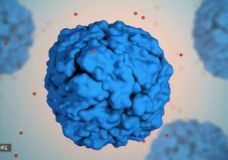
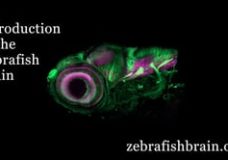
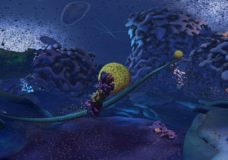
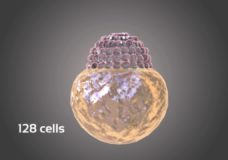


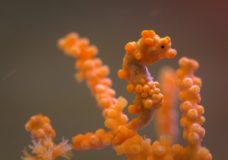


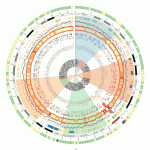
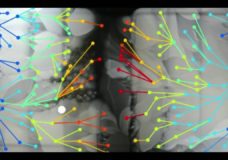
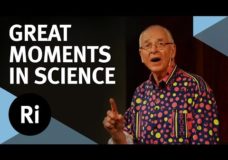
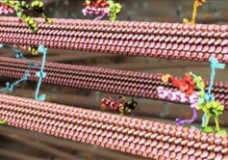
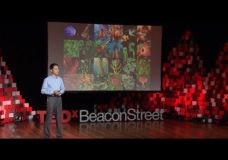
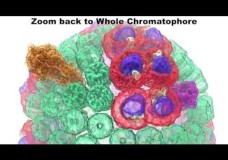

Recent Comments